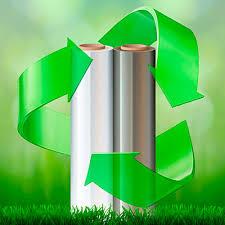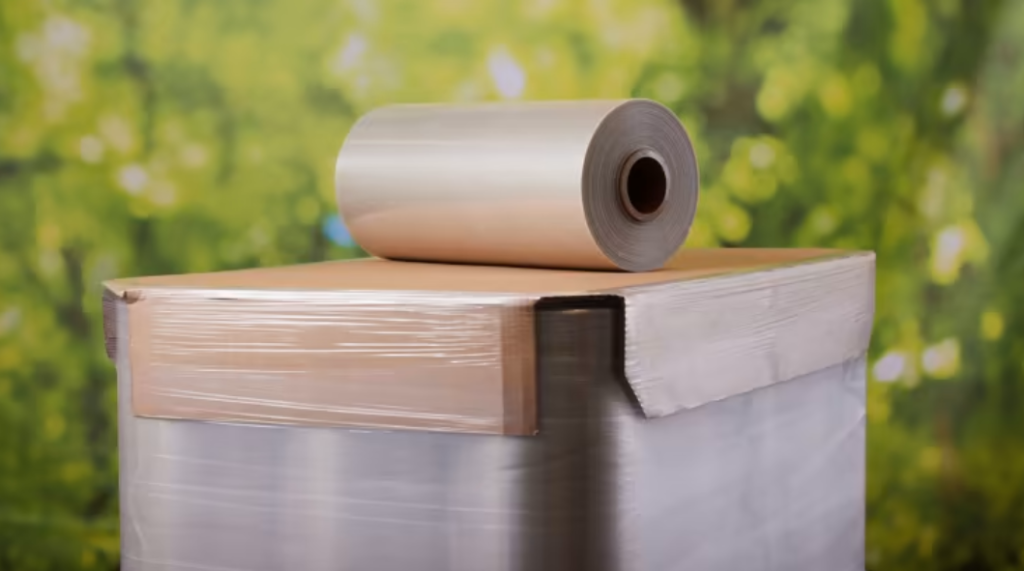Stretch film, commonly known as plastic wrap or cling film, is extensively used in various industries for packaging and transportation purposes. While it offers convenience and protection for goods, the disposal of stretch film poses significant environmental challenges. In this article, we delve into the world of stretch film recycling, exploring its importance, processes, challenges, and potential solutions.
Importance of Stretch Film Recycling
Environmental Impact
Stretch film is predominantly made from non-biodegradable materials like polyethylene, which can persist in the environment for hundreds of years if not properly disposed of. Recycling stretch film helps mitigate the burden on landfills and reduces the accumulation of plastic waste in oceans and natural habitats.
Economic Benefits
Apart from its environmental advantages, stretch film recycling presents significant economic opportunities. By reclaiming and repurposing used stretch film, businesses can save on raw material costs and contribute to the circular economy.

How Stretch Film Recycling Works
Collection Process
The first step in stretch film recycling involves the collection of used film from various sources, including manufacturing facilities, distribution centers, and retail stores. Specialized collection points or recycling bins are set up to gather the discarded material.
Sorting and Processing
Once collected, the stretch film undergoes a rigorous sorting process to separate it from other types of plastic and contaminants. Advanced technologies such as optical scanners and conveyor systems facilitate efficient sorting based on material type, color, and thickness.
Recycling Techniques
After sorting, the stretch film is cleaned, shredded, and melted down to form pellets or flakes. These raw materials can then be used to manufacture new products such as trash bags, construction materials, or even new stretch film.

Challenges in Stretch Film Recycling
Contamination
One of the primary challenges in stretch film recycling is contamination. Residual food, dirt, or other substances can compromise the quality of the recycled material, leading to lower market value and decreased usability.
Lack of Awareness
Many businesses and consumers are unaware of the importance of stretch film recycling or how to properly dispose of it. This lack of awareness contributes to low recycling rates and exacerbates the environmental impact of plastic waste.
Solutions and Innovations
Advanced Sorting Technologies
To address contamination issues, manufacturers are investing in advanced sorting technologies that can accurately identify and separate stretch film from other materials. Automated sorting systems equipped with AI algorithms enhance efficiency and reduce errors in the recycling process.
Education and Awareness Campaigns
Increasing public awareness about the benefits of stretch film recycling is crucial for driving positive change. Educational campaigns, both online and offline, can help inform businesses and consumers about proper recycling practices and the importance of reducing plastic waste.

Business Opportunities in Stretch Film Recycling
Market Demand
With growing concerns about plastic pollution and environmental sustainability, there is a rising demand for recycled plastic products. Businesses that invest in stretch film recycling stand to capitalize on this market demand and gain a competitive edge.
Investment Opportunities
Investing in stretch film recycling infrastructure and technology presents lucrative opportunities for entrepreneurs and investors. From recycling facilities to innovative recycling solutions, there is a wide range of investment avenues in the circular economy sector.
Case Studies of Successful Stretch Film Recycling Programs
Company X: Transforming Waste into Resources
Company X, a leading manufacturer in the packaging industry, implemented a comprehensive stretch film recycling program across its production facilities. By incentivizing employees and partnering with local recycling centers, they successfully diverted tons of stretch film waste from landfills.
Organization Y: Leading the Way in Sustainable Practices
Organization Y, a global logistics company, adopted a closed-loop approach to stretch film recycling, integrating recycled materials back into its supply chain. Through strategic partnerships and investments in recycling infrastructure, they achieved significant cost savings and environmental benefits.

Future Outlook and Trends
Technological Advancements
The future of stretch film recycling is driven by technological innovations that enhance efficiency and sustainability. From robotic sorting systems to chemical recycling processes, ongoing research and development aim to overcome existing challenges and optimize resource utilization.
Policy Developments
Government regulations and policies play a crucial role in shaping the landscape of stretch film recycling. Increased emphasis on extended producer responsibility, recycling targets, and waste management initiatives are expected to drive industry-wide improvements and promote a circular economy mindset.

Conclusion
Stretch film recycling holds immense potential for mitigating plastic pollution, conserving resources, and fostering sustainable business practices. By embracing innovative technologies, raising awareness, and fostering collaboration, we can unlock new opportunities and create a more sustainable future for generations to come.
FAQs
1. Is stretch film recycling economically viable? Yes, stretch film recycling can be economically viable, especially with advancements in technology and growing market demand for recycled plastic products.
2. How can businesses encourage stretch film recycling among employees? Businesses can encourage stretch film recycling among employees through educational initiatives, incentives, and clear recycling guidelines in the workplace.
3. What are some common challenges in stretch film recycling? Common challenges in stretch film recycling include contamination, lack of awareness, and limited recycling infrastructure.
4. What happens to recycled stretch film? Recycled stretch film can be transformed into various products, including trash bags, construction materials, and new stretch film.
5. What role do consumers play in stretch film recycling? Consumers play a vital role in stretch film recycling by properly disposing of used film and supporting businesses that prioritize sustainability and recycling efforts.



